Top Tips on Using Water-Mixable Oils
Water-mixable oils have been around for well over a decade. They have grown hugely in popularity and still gaining ground. Why? because artists are realising that water-mixable oil is real oil paint not a cheap or lesser medium. By adding an emulsifier along with the pigment and oil carrier enables the easy clean-up and use of water as a thinner. Such a straightforward principle to achieve so many benefits.
Benefits of water-mixable oils
- No nasty odours in use – no need for toxic diluents such as white spirit or turps
- Reduced risk to asthma, and migraine sufferers
- Just water to thin in most circumstances
- Convenience of cleaning – soap and water for brushes, palettes, clothes and hand washing
- No loss of quality compared to traditional oils, stable, light fast
- No price premium to pay
- Widely available
- Great choice of colours and brands
- Range of mediums for glazing, enhancing flow, texture and bulking, quick drying
- Application as traditional oils (no special methods)
- Good base of users (plenty of feedback via user-groups and clubs)
- Environmentally friendly
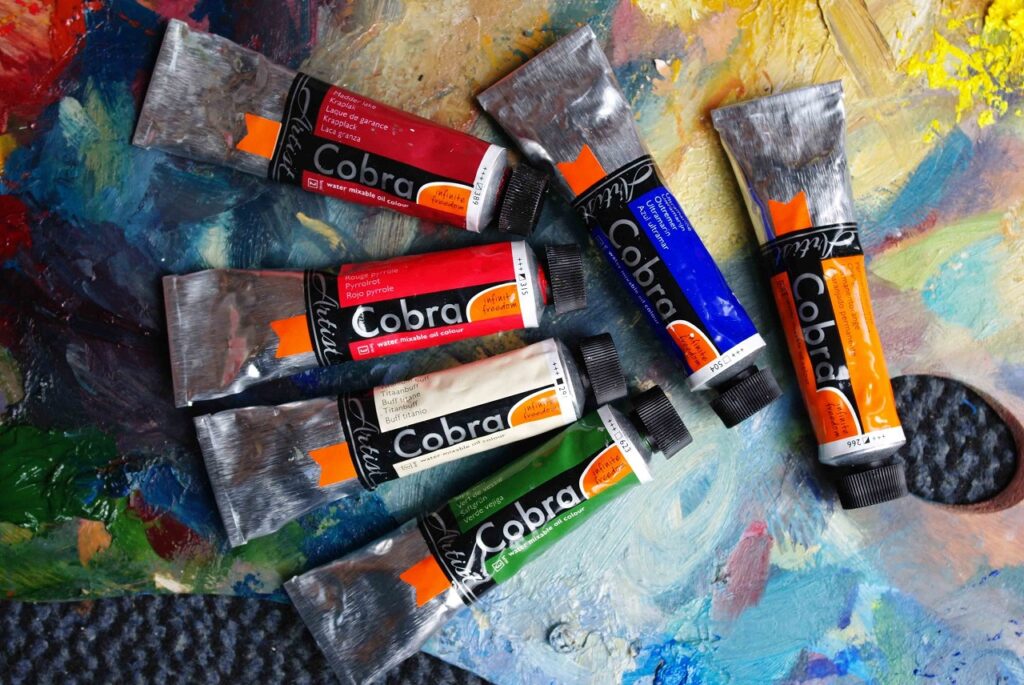
I have tried them all and have been painting with them for well over ten years. My choice is Cobra Water Mixable Oils by Royal Talens of the Netherlands. In my opinion these are closest to traditional oils and the quality and light-fastness cannot be beaten. That’s not to say other makes are not good, just that this brand suits me. Water-mixable oils have been improved over the years, many suffering from a sticky feel on the palette but this slight drawback with modern formulas, has disappeared.
I suggest you try a few brands to see which you prefer. It may be that if you tried them longer ago than seven years, you’ll be surprised how they’ve improved.
What colours should I buy?
Your palette make up is an extremely personal decision. It took me years to come up with a standard set of colours I could use in most conditions. If I test out paint from manufacturers I usually stick to the three primaries, plus white to see how they work in practice. It’s the least expensive way of having enough paint colour to discover if they suit.
With Cobra I use eight colours as my basic set. Titanium white, Permanent yellow or Cadmium yellow light, Cadmium orange, Pyrrolle red, Madder lake, Sap green, Cobalt Blue, Ultramarine.
I mix all my own umbers using the three primaries; Yellow, Cobalt and Pyrrolle in various % to gain browns, umbers and subtle neutrals. I use white mixed with a little yellow to lighten rather than risk the colours going chalky. If I need a black or near black, try ultramarine, madder lake and a touch of sap green. If you need a warmer black add more red, a cooler one add a little yellow and white. Do go carefully, add just the tiniest amount may modify it enough.
I add other colours as I need them such as yellow ochre for painting flesh, it mixes well with white and red to produce a credible face colour. Cerulean blue, especially good for Mediterranean seas and is warm in tone. Try to avoid using too many colours and being confused by what they do. The fewer you have on your palette the more you will learn about colour mixing.
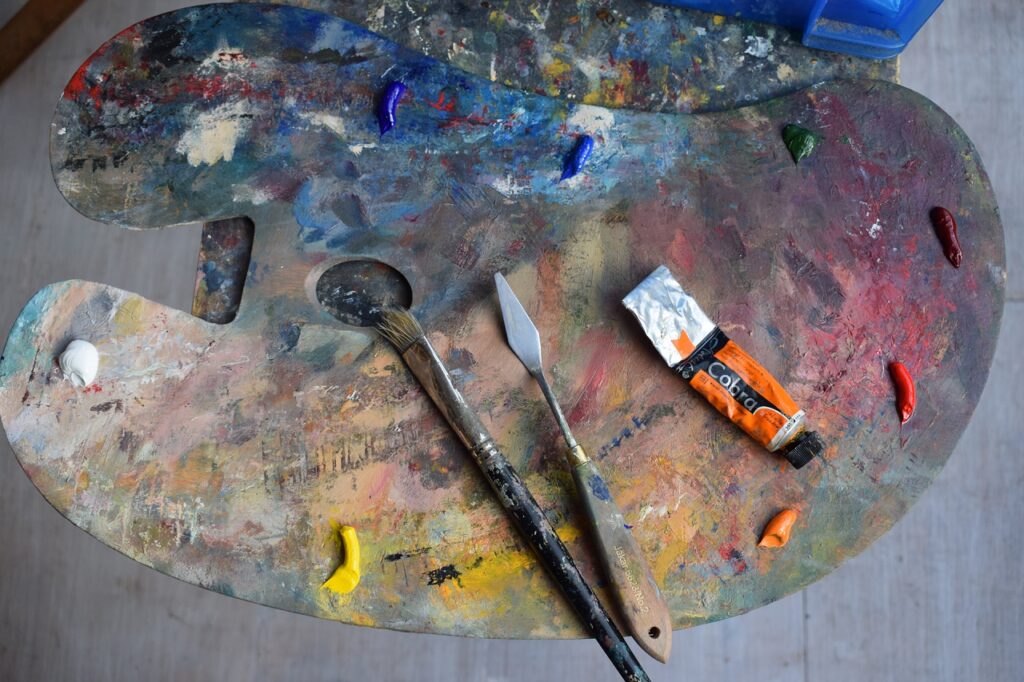
Top tips on using water-mixable oils
Don’t use too much water – all you need is a damp brush. Don’t think, as in watercolour you need to flood the paint or canvas with water. Think of just helping the paint along, there’ll be plenty of moisture with the oil.
Lay out your palette in a chromatic way, from light to dark. Keep your reservoirs of paint to the edge of your preferably wooden palette if not plastic. This will leave you plenty of room to mix in the centre. Always lay out your palette in the same order as this will bring you more confidence as your brush won’t have to search for the colour, it’ll be there where it always is. This ‘palette discipline’ will also help to keep your paint clean and unsullied by others.
The drying time of water-mixable oils is very similar to traditional oils and is affected by how thickly it’s applied. With clever application, it can take weeks rather than months.
Varnishing is always a great idea but wait six months after the painting was completed. Varnishing, whether using a brush or aerosol will protect your work and lift the contrast slightly. It is important not to rush this process as the paint must be bone dry otherwise it will trap any moisture and the painting will be ruined after a year or more as the oil can’t oxidise to enable total hardening.
Additional learning
To continue in your discovery of these amazing paints, consider purchasing Max Hale’s DVD ‘First-steps in water mixable oils’. In the DVD, Max demonstrates four different paintings for over two hours.


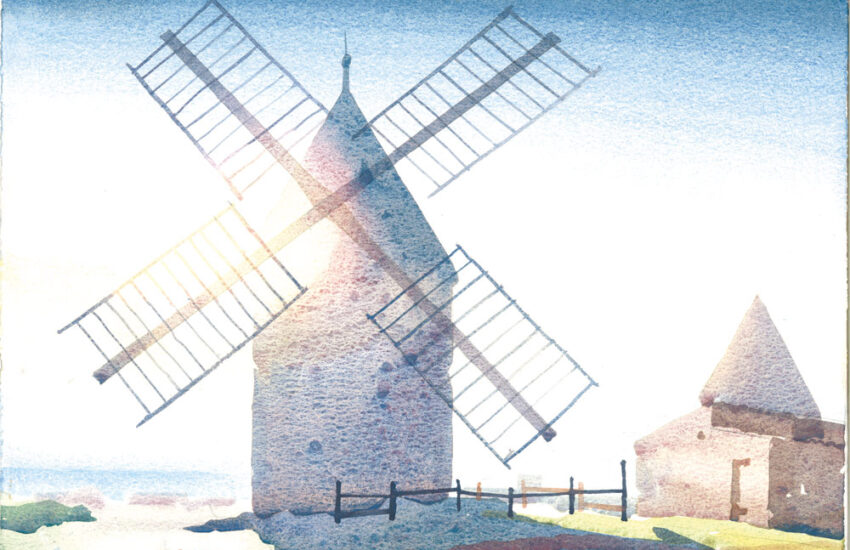
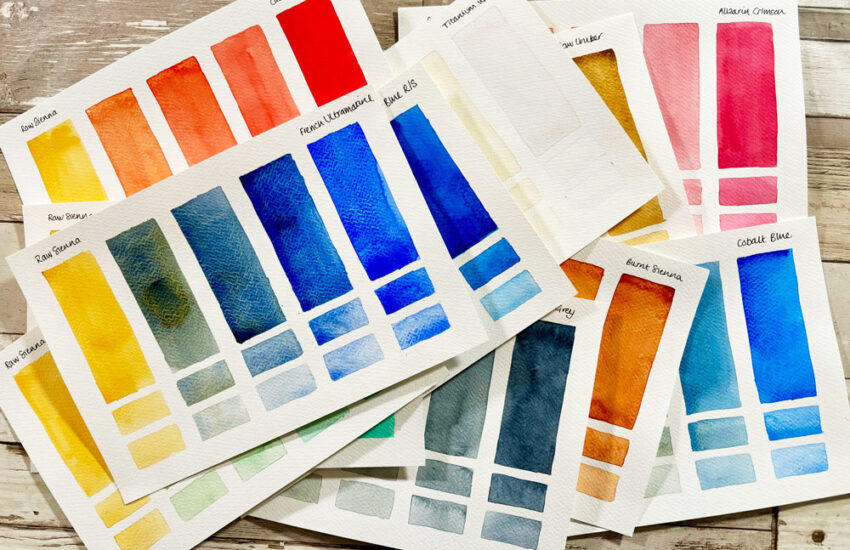
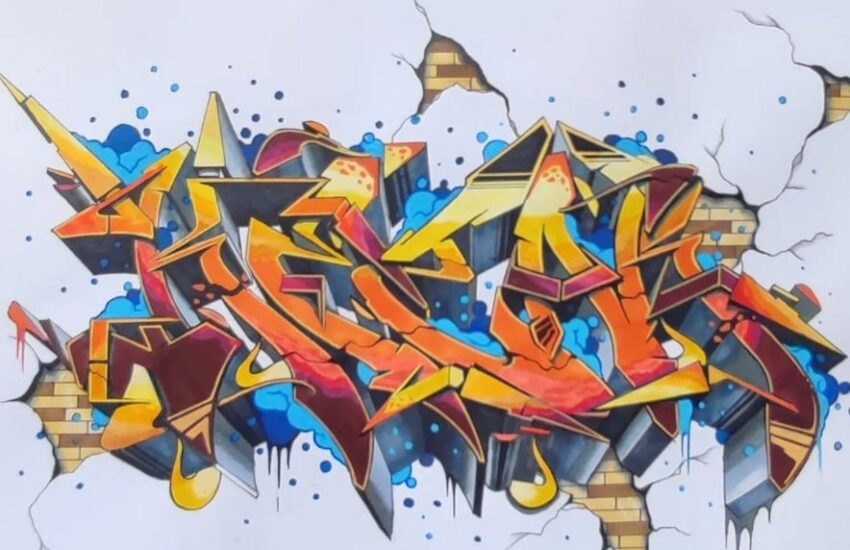



Hi, thanks for the information.
I wonder if you have tried oiling out. If you have, can you please recommend any mediums for that?
Thanks for your comment Hee. If you’re working with water mixable oils, we’d recommend using Artisan Water Mixable Painting Medium to oil out.
Hi, I’ve tried a number of brands of WMOs to explore which I prefer. But with all WMO brands I still found a slight stickiness in comparison to traditional oils – they just don’t flow as well, especially with painting fine detail with fine brushes, even using a water-soluble painting medium. However, I think I might have found the answer, not sure. When I change colours with a brush using traditional oils, I wipe off the excess paint on a cloth, then lightly rinse the brush in safflower oil (and wipe off excess oil). Even with traditional oils I don’t use solvents, just solvent-free medium and safflower oil for temporary cleaning (soap and water cleaning at session end). But when I change colours using Water Mixable oils, I have been using water to rinse off the brush before using the next colour. Although I lightly wipe off excess water on a cloth, I was wondering if the damp brush would cause some stickiness with using the Water Mixable oils? I guess I could use some water soluble oil to rinse off the brush, but that would then mean there’s no advantage in my using WMOs over using traditional oils in a solvent-free way. I’d be grateful for your advice on how to prepare the brush for a new colour when using water mixable oils. Thanks!
Hi Wayne. Thanks for your comment. About the stickiness you mentioned, painters usually experience this when water alone is used as a thinning agent. So it makes sense that any residual water might be contributing to the stickiness. The small amounts of water left can evaporate quickly, causing colours to seize up and become sticky.
Which type of brushes are you using with your water mixable oils? Hog bristle brushes can get water-logged and soft. If your brushes are water-logged then it could be that some of the water is leeching out into your mixes and changing their consitency. If you’re not already using them, swapping to synthetic brushes will most likely give you better performance. No matter which brush you use, ensuring thorough water removal would be beneficial. Hope this helps!
Hello
Working on a painting but like traditional oil painting I need to oil out any suggestions please
Hi Rajiv. Thanks for your comment. Winsor & Newton recommend their Artisan Painting Medium as a good medium for oiling out.
Can you tell me a bit about the clean-up process please? Can you simply wash your brushes in the sink and let the paint water go into the drains, as you can with watercolour? Thanks.
Hi Kate! Thanks for your comment. Because Water Mixable Oils are soluble in water, you will be able to rinse the brushes with water and mild detergent. However, we’d recommend that you avoid letting any paint waste of any kind go down the drain. Instead, rub off excess paint onto a cloth and let water evaporate from any paint waste before disposing of it properly at your local waste facility. Once the excess paint is removed you can finish with a final rinse under the tap. For stubborn, dried paint, you may need to use a dedicated brush cleaner to loosen the paint. By following these steps, your brushes will last longer and you can dispose of paint waste responsibly.
It’s also worth noting that synthetic brushes will hold up a lot better to this cleaning process than genuine hog. Hog becomes waterlogged easily, which will make the bristles lose their stiffness. If you need more info, just ask.
Hello,
I have a painting that is 10+ years old and incomplete.
Acrylic under-painting, then traditional oil over some areas in the background.
Can I use water mixable oil over the old oil areas and finish the rest with the water mixable oils?
Thank you,
Olaina
Hi Olania,
Thank you for your question. I contacted Winsor & Newton with your question and here is the reply:
“Since the work has been dry for such a long time, this customer can certainly continue painting over it with Artisan colours. I suggest the surface of the painting be wiped over with a little methylated spirit to clean the surface and then very lightly sanded with fine sand paper. This will just ensure the adhesion of the next coat.”
Hope that helps.
Thank you!
Can I mix water mixable with some acrylic paint.
Hi Rhona. Thanks for your comment. We’d advise against using water mixable oils and acrylic paint. Oils (traditional and water mixable) have completely different working properties from those of acrylics. Unlike acrylics, oils dry via oxidation over long periods of time. Acrylics, on the other hand, dry quickly through water evaporation and retain their flexibility. Using both together would lead to adhesion problems between the two mediums, potentially leading to the development of cracks, flaking and other imperfections in your painting.
Can you mix conventional oils with water based oils .For instance could i start a painting using say oil paint mixed with liquin and finish it off with water based oil paint ?
Hi. Yes you can mix traditional oils with water mixable oils. If you’re mixing colours using a traditional and water mixable oil paint, the paint will become less and less water mixable the more traditional oil paint is added. You can use them to build up a painting in layers but should, as always, abide by the oil painting rules.
I’ve just used water mixable oils for the first time and am concerned regarding the drying time. Can you let me know what I should allow for. I normally use Acylics which are obviously very quick drying and something I’m used to.
The drying time will depend on how thick your paint is, but the Cobra paints are usually touch dry in 3-5 days. You would need to wait around 6 months for them to be fully dry before varnishing though.
Pleas do you supply small tubes of water soluable oils paints by post? Also how much for a box of around 12 or so tubes, normal range most people use. Thank you. If yes please confirm so that I can reply using my card by banking app. Mrs F A Hatton. Thank you.
Hi, we do a Georgian Water Mixable Oil Introduction Set 10 x 20ml. The current price is £23.80 plus p&p which would depend on where you live. You can buy it on our website here: https://www.artsupplies.co.uk/item-georgian-water-mixable-oil-introduction-set-10-x-20ml.htm or call us on 01204 690 114 to order over the phone.